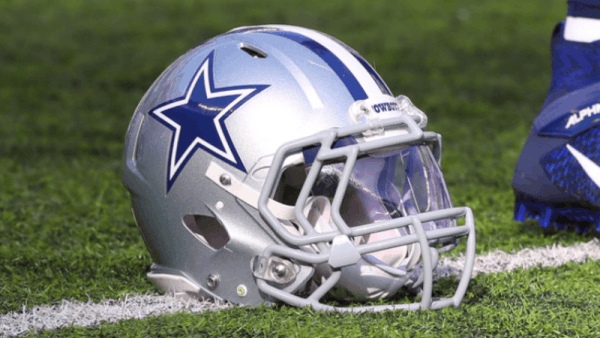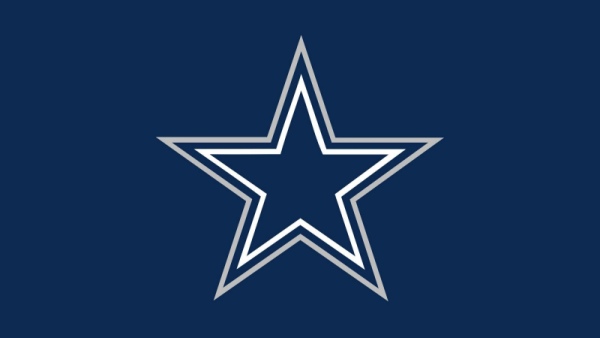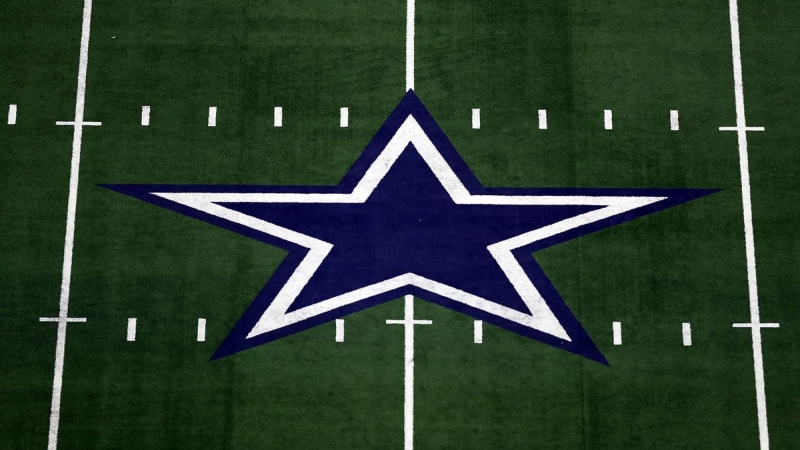One of the most misunderstood topics in the sports world is the use of analytics. Misinformation about what analytics is all about abounds which I hope to clarify here. In the last 5-10 years, top shelf head coaches like Bill Belechick, Nick Saban, Doug Pederson, Lincoln Riley, and many others are recognizing its help in making better decisions based on facts not just feelings.
With that in mind, here are some basics about what analytics is and isn’t.
First a brief description of what it is:
- Analytics is quite simply the collection and sorting of factual data about situations and personnel for your team and opponents. It shows you the best options for success based on factual data. It uses the data to show which strategies and personnel have the best chance for success on both sides of the ball in multiple situations.
- For example- if you are playing the egirls, analytics could show you if your defense is in a 3rd and 3 or less, which defensive alignments have had the most success against Philly in that particular situation.
- Another example- analytics could pick up that your next week’s opponent is very vulnerable to a deep ball on 2nd down and long. It may go against typical thinking.
- Analytics uses data to inform coaches and players using terms like “percentage of potential success” for specific plays, alignments, down and distance, etc.
- Analytics helps with preparation in these areas:
- Player Performance Analysis: Tracks players’ movements and actions on the field, giving insights into a player’s situational strengths and weaknesses. This data can be used to optimize training programs, identify areas for improvement, and make informed decisions about optimizing a player’s playing time. It can also help a Coach be better informed when to use a particular player in certain situations.
- Game Strategy Optimization: By analyzing data on opposing teams and their players, coaches can develop better informed game plans that take less time. The data collected on opponents can identify the weaknesses of an opposing team in certain situations, down and distance tendencies and adjust tactics accordingly. It’s all about making better informed decisions.
- Injury Prevention: By tracking data on players’ movements and physical exertion, and when injuries tend to occur, teams can identify players who are at risk of injury and take steps to prevent them.
- Analytics is a tool to make you better in preparation decisions, as well as in-game situational football. It is a tool to enhance decisions, not make decisions.
What it is NOT:
- Analytics does NOT replace coaching or a coaches decisions or player responsibilities to execute. In fact it actually makes their decision making better informed because they have more information to make good decisions.
- Analytics do NOT replace a coach‘s “gut feeling”. It may actually support that “feeling” or provide cautionary data for that feeling.
- People working in analytics are NOT replacing coaches or making in-game decisions. They do NOT have authority over coaches, players or other members of the organization.
- Analytics do NOT replace game film study. (But it does make it faster and enhance its findings)
- Analytics is NOT artificial intelligence (”A.I.”)
This is certainly not everything about analytics. And any fan is welcome to not agree with analytics and its use. But we should all at least have discussions based on the facts of what it is and is not. I keep seeing many fans talk about analytics as if coaches are no longer making decisions and/or the players are no longer required to think and execute plays as they always have. That is simply inaccurate.
Discuss this on CowboysZone (62 comments)



